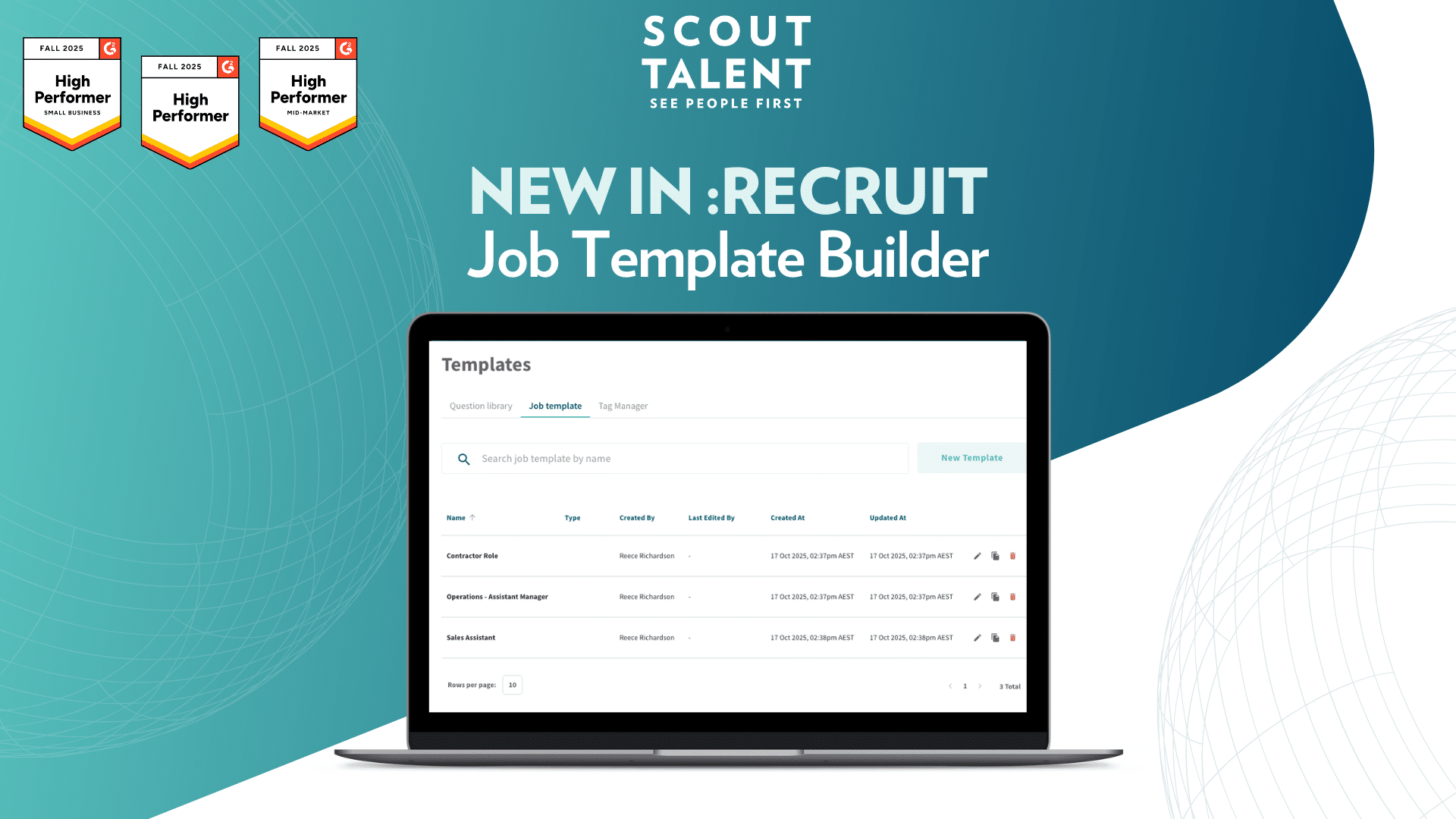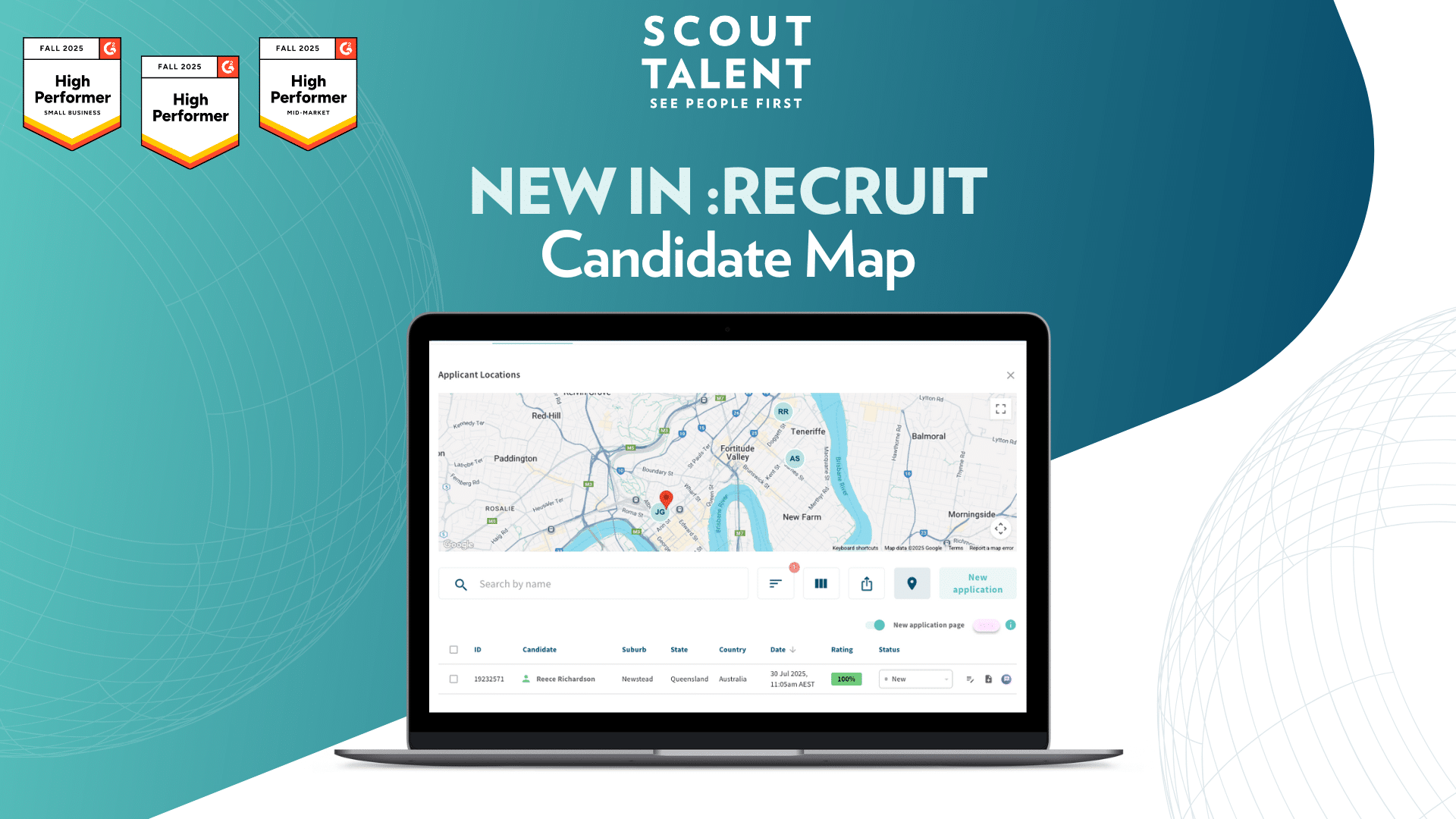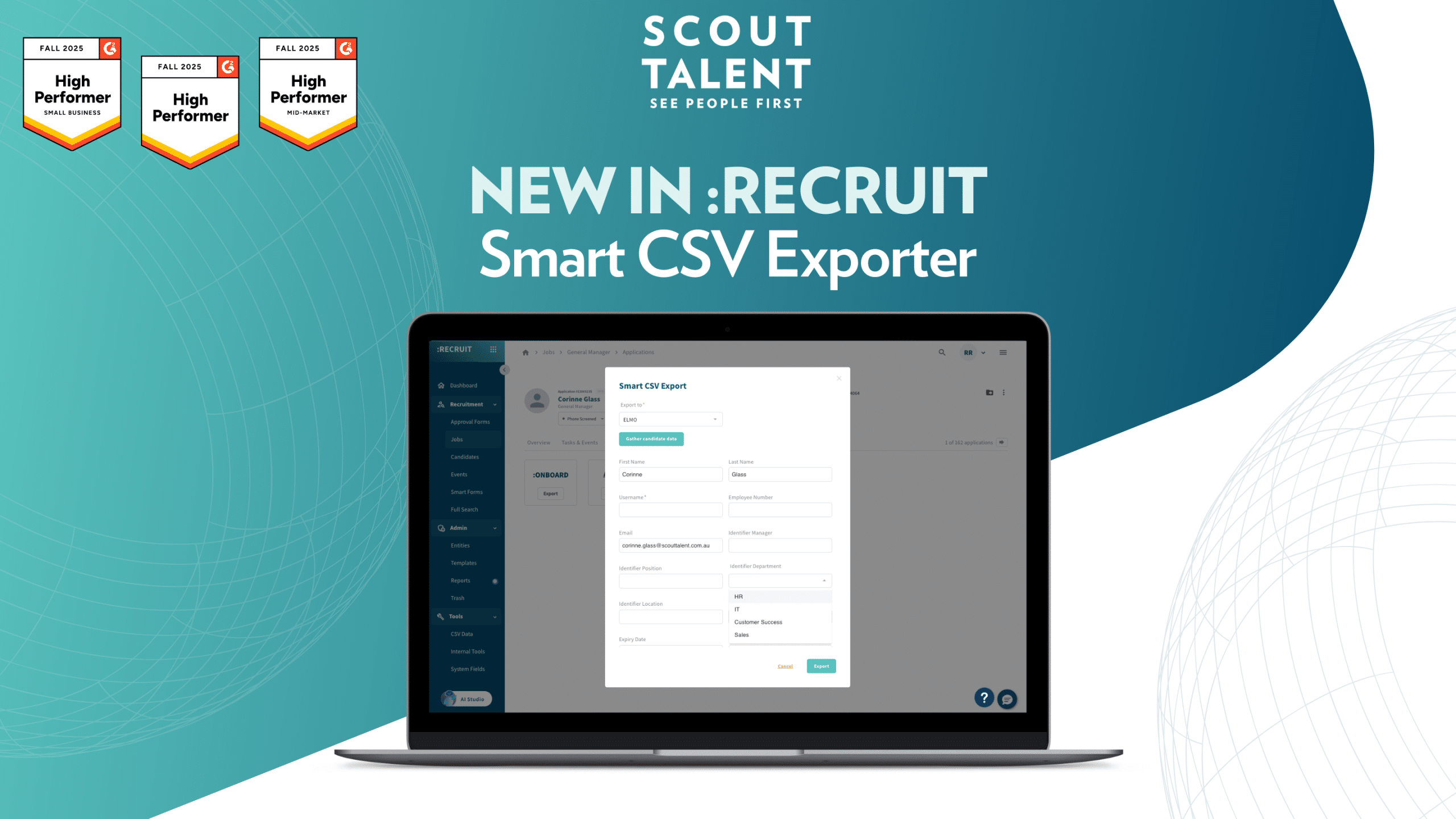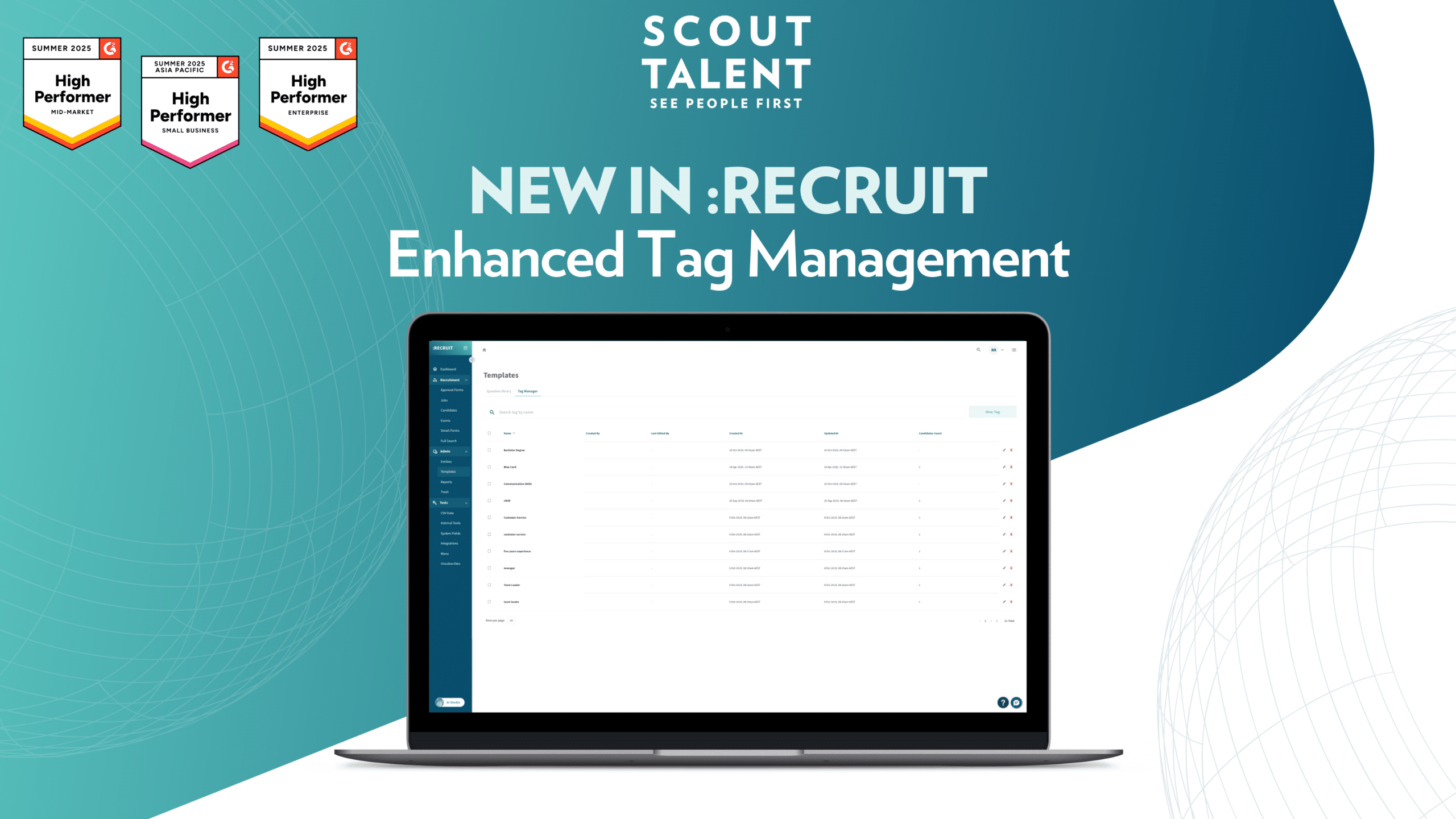COVID-19 has affected all of us in many ways, but how exactly has it impacted jobseekers? Looking for a job can be a stressful experience at the best of times — but when you add the uncertainties of a global pandemic to an already anxiety-inducing situation, it can make finding the right role even more difficult.
Indeed recently surveyed a number of job seekers to find out how they really felt about job seeking during the pandemic, and to learn what recruiters can do to attract top talent in the current market.
Job seekers are feeling stressed and lacking confidence in the market
Being unemployed during a global pandemic has heavily impacted the confidence of job seekers in finding new jobs—only 9% of job seekers feel very confident that they will find new employment quickly, while 50% said they don’t feel confident at all.
The lack of confidence job seekers have in finding new employment could be because many simply don’t think there are any jobs available. Of the unemployed who are currently not actively looking for new work, 27% say it’s because there are no jobs out there—and 22% say it’s because there aren’t any jobs available that are suitable for them. Others admit to being afraid (14%) to enter the workforce, resulting in them not searching for work at all.
Starting a new job can be a scary and nerve-wracking experience. But when you start a new job during a global pandemic, often remotely and without having met your colleagues or manager in person yet, it can be that much more stressful. Unsurprisingly, almost half (48%) of job seekers report feeling anxious about the prospect of returning to work, and a further 30% report feelings of stress.
How recruiters can help while still attracting top talent
If your business is currently hiring, it’s important to recognize how job seekers feel about searching for work during COVID-19 and ensure you take the right steps to accommodate them. Given one of the biggest hurdles job seekers currently face during their search is the idea that there aren’t any jobs available, the first step you can take is to make sure your open roles are easy to find and understand.
The best way to do this is by writing a compelling job title and description that will resonate with candidates and give a clear indication of what the role entails. Make sure the title is as specific as possible and the description opens with an interesting and helpful overview of the position. Avoid using any internal jargon or trendy terms that could cause confusion.
When it comes to reviewing applicants, be mindful of your approach — a candidate’s first impression of your company is vital. It’s important to make them feel like you’re just as excited about getting to know them, as they are about the role. One of the best recruiting techniques is to treat interviewees the same way you’d treat your customers or clients. Be respectful of their time and make yourself available throughout the hiring process. This helps to ensure a positive experience for both parties, regardless of the outcome.
To help alleviate some of the stress and anxiety job seekers feel about starting work, be as upfront as possible about what the role involves. For example, if they are physically required to come into the office during COVID-19, explain this clearly in the job description. Make sure to also include all other essentials such as core responsibilities, hard and soft skills required, and day-to-day activities. It can also be helpful to highlight how the position fits into the organization more broadly, so candidates are clear on how the role contributes to the bigger picture.
It’s also important to let candidates know what’s in it for them. Too often, job ads include all the things candidates need to bring to the table, with no mention of what they will get in return. Highlight any benefits or perks your organization provides, such as unlimited paid leave, weekly Happy Hour drinks, or flexible hours, etc. This can help turn the right job seeker into an excited and engaged candidate who can’t wait to join your company.
Other important factors to disclose in the hiring process include expected hours, salary, and employment status (full-time, part-time, casual, or contract). Letting job seekers know what they can expect from a role can help reduce some of the uncertainties and pressures that often come with finding the right job.
Looking for work during COVID-19 can be very challenging for job seekers, and finding the right candidate, difficult for employers. But by following these simple steps, employers can set themselves up to hire well, while alleviating some of the stress people are facing in their job search during the pandemic.
If you woud like to learn more about how to improve your rrecruitment process, get in touch with us here.




